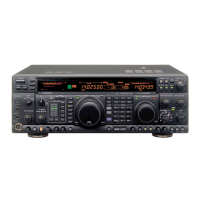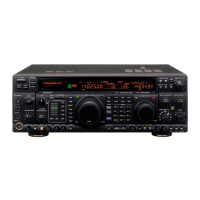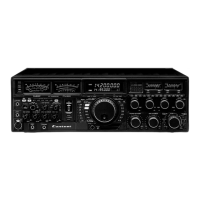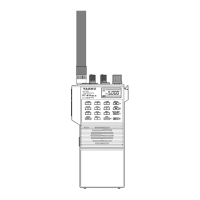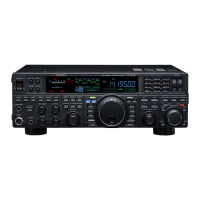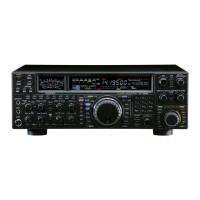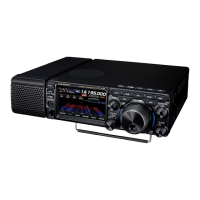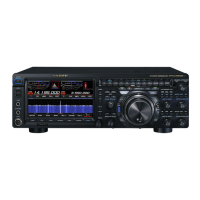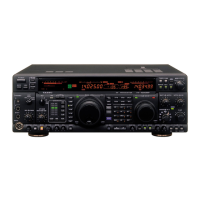
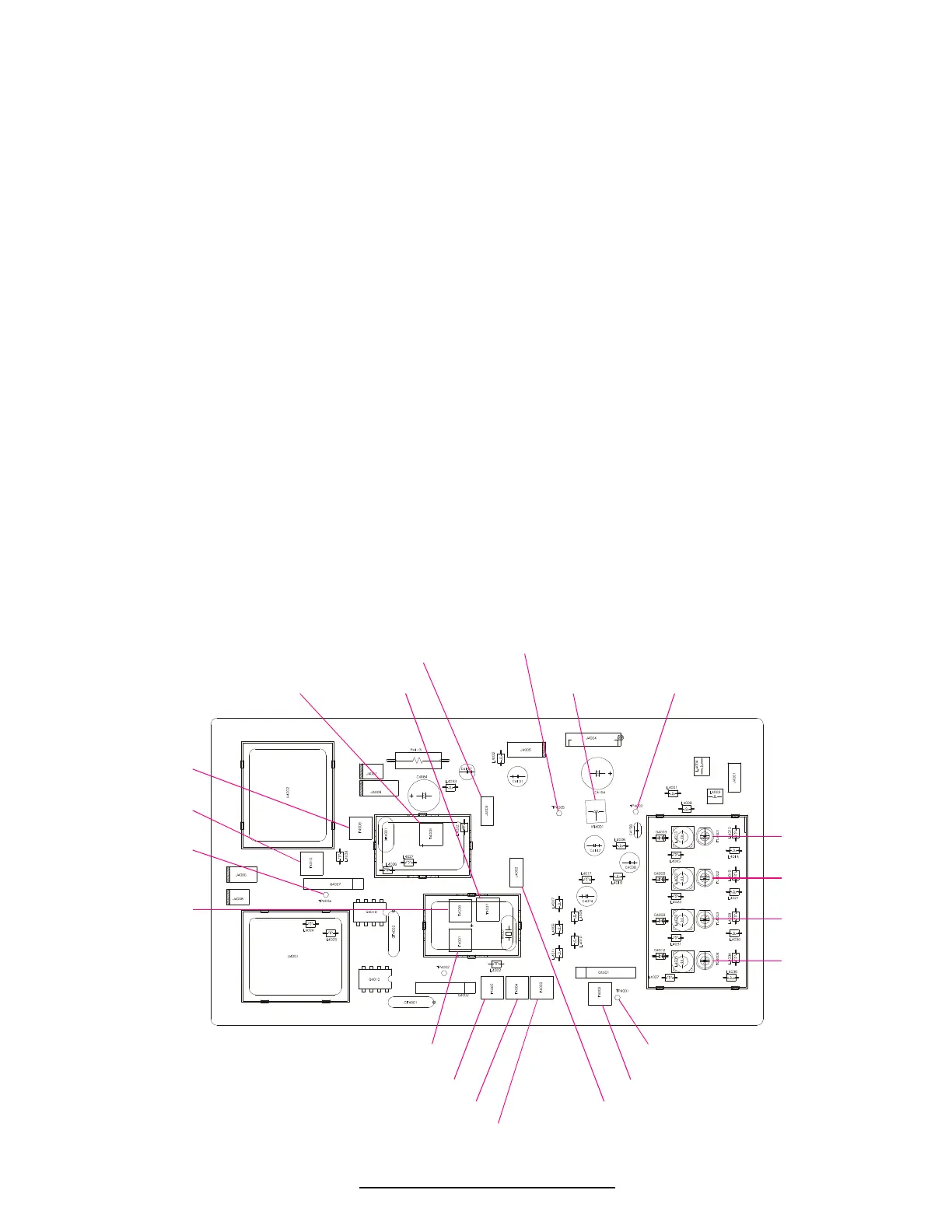 Loading...
Loading...
Do you have a question about the Yaesu Mark-V FT-1000MP Field and is the answer not in the manual?
| Frequency Range RX | 100 kHz - 30 MHz |
|---|---|
| Receiver Type | Double conversion superheterodyne |
| Antenna Impedance | 50 ohms |
| Weight | 15 kg |
| Voltage | 13.8 VDC |
| Modes | AM, FM, SSB, CW, FSK |
| Current Drain TX | 22 A |
| Receiver Sensitivity | 0.16 μV (SSB, CW) |
| Frequency Range TX | 160, 80, 40, 30, 20, 17, 15, 12, 10 m |
General operating parameters including frequency range, stability, and modes.
Transmitter specifications detailing power output, duty cycle, and modulation types.
Receiver specifications including circuit type, sensitivity, and selectivity.
Important safety and procedural notes for performing transceiver alignment.
Required test equipment and environmental conditions for correct alignment.
Procedure for confirming the carrier frequency of the REF Unit.
Procedures for aligning the RX2 Unit's local section and PLL.
Alignment steps for the Local Unit's oscillators and DDS amplifier.
Procedures for setting PA unit idling current for Class AB and A modes.
Steps for aligning transmitter mixer, IF transformers, ALC, power output, and TX IF gain.
Procedures for setting tuning meter center and presets for various modes.
Description of the receive signal path from antenna to IF stages.
Explanation of the Automatic Gain Control circuit operation.
Description of the low-frequency amplifier stages and audio output.
Description of the signal path from microphone to RF output for FM, SSB transmission.
Explanation of the ALC circuit for automatic level control.
Description of microprocessor, EEPROM, reset, dial counter, serial comms, CAT, key matrix, and ADC circuitry.
Details on master oscillator, DDS units, local oscillators, and PLL circuit operation.
Description of receive signal flow, AGC operation, and RX2 PLL synthesizer.
Description of DSP for transmission system including AD/DA converters and processor functions.
